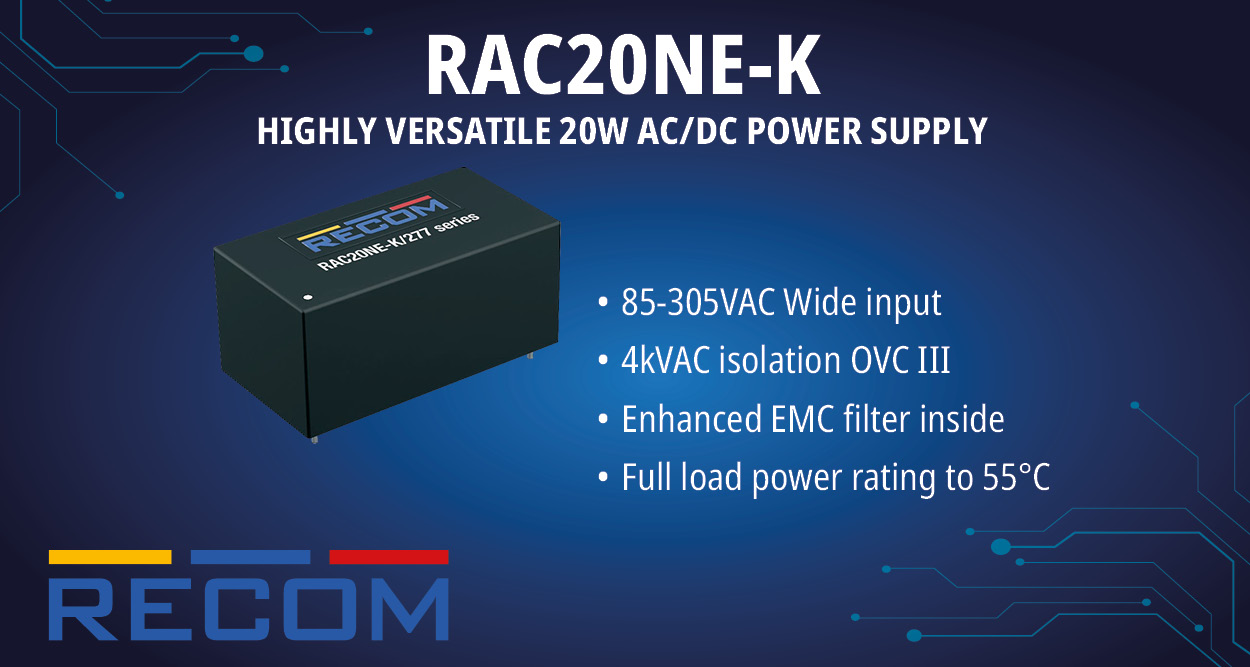According to Cervicorn Consulting, the global AI chips market size was reached at USD 29.13 billion in 2024 and is poised to hit USD 637.62 billion by 2034, growing at a CAGR of 36.15% from 2025 to 2034.
The AI chip market is expanding due to the rising adoption of AI servers by hyperscalers and the increasing demand for Generative AI technologies and applications, such as GenAI and AIoT, across sectors like BFSI, healthcare, retail & e-commerce, and media & entertainment.
AI chips are essential for enabling high-speed parallel processing in AI servers, delivering exceptional performance and effectively managing AI workloads in cloud data centers. Additionally, the growing trend of edge AI computing, an emphasis on real-time data processing, and strong government investments in AI infrastructure—especially in Asia Pacific—are fueling the growth of the AI chip industry.
AI Chips Market Key Takeaways
- North America region accounted for a revenue share of 38.8% in 2024.
- Europe region accounted for a revenue share of 32.2% in 2024.
- By chips type, ASIC segment has held revenue share of 25% in 2024.
- By processing type, edge AI segment has captured revenue share of 74% in 2024.
- By application, computer vision segment has held revenue share of 26% in 2024.
Driver: Rising AI Server Adoption by Hyperscalers
The demand for AI chips has surged due to the increased deployment of AI servers in various AI-driven applications across industries like BFSI, healthcare, retail & e-commerce, media & entertainment, and automotive. Cloud service providers and data center operators are upgrading their infrastructure to support AI applications.
AI server penetration was 8.8% of all servers in 2023, and it’s expected to reach 30% by 2029. This is driven by the rising use of chatbots, AIoT, predictive analytics, and natural language processing, which require powerful hardware platforms capable of complex computations and handling vast amounts of data.
AI servers are built for heavy computational demands, capable of real-time data processing, and essential for training AI models. With the increasing need for faster processing speeds and greater energy efficiency, AI servers are primarily adopted by cloud providers, enterprises, academic institutions, and commercial users.
Restraint: Environmental Impact of High-Power GPUs and ASICs
AI chips, particularly GPUs and ASICs, are key to handling AI workloads in data centers, but their parallel processing capabilities often lead to high power consumption. This increases energy costs for data centers and organizations implementing AI infrastructure. As AI models become more complex and data volumes grow, power demands for AI chips rise, resulting in higher energy consumption and the need for advanced cooling systems—further driving up infrastructure costs.
Additionally, GPUs and ASICs require substantial computational power, which demands higher thermal design power (TDP) values, leading to increased energy use. For example, Intel released the Flex140 data center GPU with a TDP rating of around 600 watts, a significant rise compared to earlier versions. As energy consumption and environmental concerns, such as carbon emissions, become more prominent, the environmental impact of high-power-consuming chips may limit their adoption.
Opportunity: Planned Data Center Investments by Cloud Service Providers
Cloud service providers (CSPs) are heavily investing in data center upgrades to support the growing demand for AI-driven services. These investments focus on scalability and operational efficiency, driving the need for more AI chips. For example, AWS announced a $5.3 billion investment to build data centers in Saudi Arabia, while Microsoft plans to invest $500 million over two years to build new facilities in Quebec, Canada. These data centers require cutting-edge AI chips to meet the growing computational needs for AI training and inference.
Challenge: Supply Chain Disruptions and Delivery Delays
One of the key challenges in the AI chip market is supply chain disruption, which can affect production quantities, delivery timelines, and overall costs. Shortages in semiconductor materials or limited production capacity can delay manufacturing. Complex production processes for advanced AI chips can further lengthen lead times. The growing demand for high-performance GPUs, particularly for real-time large language model (LLM) training and inference, is increasing the time to market. These delays can affect production schedules and hinder the timely deployment of AI infrastructure.
GPU Segment to Hold Largest Market Share
The GPU segment is expected to capture the largest share of the AI chip market during the forecast period. GPUs are ideal for handling the massive computational demands of deep learning models, making them vital for data centers and AI research. Major manufacturers like NVIDIA, Intel, and AMD continue to develop new GPUs with enhanced AI capabilities for both data centers and edge computing.
For instance, NVIDIA launched the HGX H200 platform, featuring the H200 Tensor core GPU, which offers 141 GB of memory and speeds up to 4.8 terabytes per second. Leading cloud service providers, including AWS, Google Cloud, Microsoft Azure, and Oracle Cloud, are increasingly incorporating these GPUs to enhance their AI capabilities, further fueling market growth.
Inference Segment to Lead AI Chip Market Growth
The inference segment of the AI chip market, which utilizes pre-trained AI models to make predictions, accounted for the largest share in 2023 and is expected to grow the fastest during the forecast period. As more businesses integrate AI to improve efficiency and customer experience, the demand for robust inference processing capabilities is rising. Data centers are rapidly expanding their AI functions, making energy-efficient and high-performance inference chips critical.
Companies like SEMIFIVE have introduced specialized AI Inference SoC platforms, such as the 14 nm platform developed with Mobilint, designed to optimize inference workload performance in data centers.
Generative AI to Drive Major Market Share
Generative AI technology is expected to dominate the AI chip market over the forecast period. As the demand for AI models capable of generating text, images, and code grows, so does the need for AI chips with higher processing power and memory bandwidth. Industries like retail, BFSI, healthcare, and media & entertainment are increasingly adopting GenAI technologies, which will drive market growth.
Cloud Service Providers to Hold Largest Market Share
The cloud service provider (CSP) segment is poised to capture the largest share of the AI chip market during the forecast period. CSPs are increasingly incorporating high-performance AI chips into their data centers to stay competitive. For example, Northern Data Group launched cloud services in Europe using NVIDIA’s H200 GPUs, delivering up to 32 petaFLOPS of performance. Such investments will fuel the AI chip market’s growth.
Regional Analysis: Asia Pacific to Lead Growth
The AI chip market in Asia Pacific is expected to experience the highest growth rate during the forecast period. The rapid adoption of AI technologies in countries like China, South Korea, India, and Japan is driving market expansion. Government investments in AI R&D and the presence of major high-bandwidth memory (HBM) manufacturers like Samsung, Micron, and SK Hynix further support AI chip growth in the region.
Request for more details@ https://www.cervicornconsulting.com/sample/2325

















